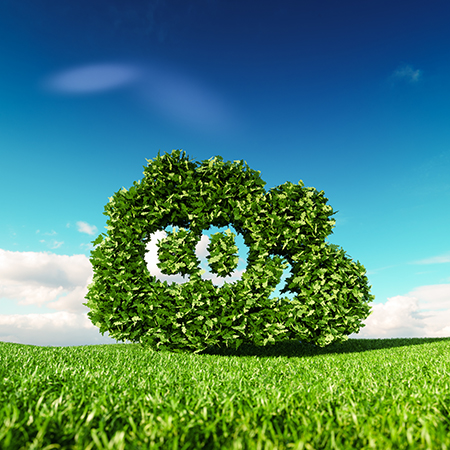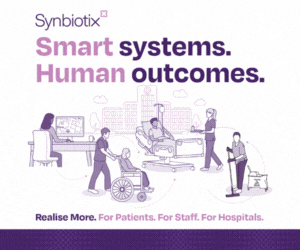In a new report, WRAP explains why it believes resource efficiency and sufficiency holds the key to cutting greenhouse gas emissions.
‘Net Zero: Why resource efficiency holds the answers’, was developed in collaboration with CREDS researchers at the University of Leeds. It sets out eight priorities/complementary strategies that explain how changing the way we use materials as well as energy could deliver an additional 100 million tonnes (Mt) CO2e reduction in territorial emissions between 2023 and 2032, boosting savings from the UK government’s Ten Point Plan for a green industrial revolution by over 50%. It could also contribute over 10% (89 MtCO2e) of the reductions required from the 5th to the 6th recommended Carbon Budgets.
The NHS in England is facing its own challenging journey to net zero carbon. As part of this it is easy to focus on the big targets, such as energy use and vehicles, but the journey to net zero carbon involves much more widespread action, focusing on everyday actions, changing behaviour and procurement culture, looking for sustainability in everything we do.
CEO of WRAP, Marcus Gover states in the foreword to the report: “The world revolves around the goods and services that are produced by business and consumed by individuals. These goods and services are made from material resources like metals, glass, paper and plastic.
“Producing, using and disposing of those goods and services generate significant greenhouse gas emissions both through energy use and also from non-energy sources, such as land use change and chemical processes. So, it follows that improving resource efficiency and resource sufficiency are important weapons with which to tackle climate change.”
The eight priorities are:
• Tackling food waste: With concerted effort, it could be possible to achieve a 58% per capita reduction in the wasting of food that could have been eaten by 2050, contributing up to 9.1 MtCO2e to the 6th Carbon Budget, and reducing cumulative emissions associated with UK food waste by 143 MtCO2e by 2050.
• Cutting calories and carbon at the same time: Moderating calorific intake to nutritionally recommended levels can deliver both health and climate benefits.
• Changing the carbon intensity of our diets: WRAP’s work on sustainable eating and reducing food waste demonstrates that real change can be delivered further and faster if a combined approach is taken.
• Switching from goods to services: By sharing a product with a number of people (changing use patterns), the resource productivity of the product will be increased and the consumption of natural resources in the production stage reduced.
• Making better use of existing products: Product lifetimes can be extended through simply making more use of the products we already have or passing them on to others to use.
• Designing lightweight products: Lightweighting packaging by 40% could contribute up to 2.7 MtCO2e to the 6th Carbon Budget.
• Recycling more in the UK: By increasing the amount of materials recycled and increasing the proportion of these recycled in the UK, greater carbon reductions can be achieved.
• Substituting materials: Across furniture, vehicles, construction and packaging, it is possible to substitute high carbon intensity materials with lower carbon intensity alternatives that are able to perform the same role.
Download the full report here.
The full technical details of the modelling approach can be found in Resource efficiency scenarios for the UK: A technical report alongside further detail on each of the scenarios assessed.
HEFMA is running a series of features focusing on net zero carbon in its Pulse magazine. We’d love to hear from any Trusts/hospital teams that have strong or innovative plans for reducing emissions that could be shared to help other NHS organisations on their journey to net zero carbon. Please get in touch via the contact us form.












